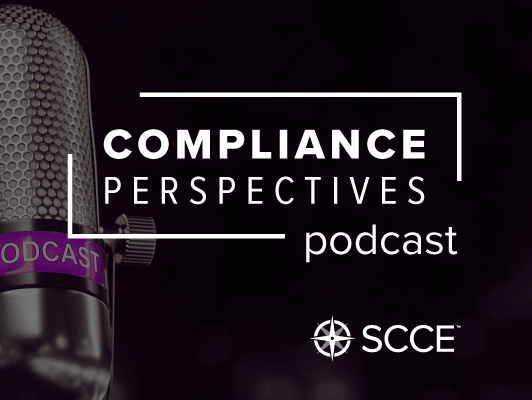Podcast: Play in new window | Download (Duration: 13:23 — 12.3MB)
Subscribe: Apple Podcasts | Email | TuneIn | RSS
When the helpline rings, it’s a make or break opportunity. Get it right, and you could find out about potential wrongdoing and useful details. Get it wrong, and the caller may decide it’s not worth it, give perfunctory information, or, at worst, hang up.
Adam Balfour (LinkedIn), Vice President and General Counsel for Corporate Compliance and Latin America at Bridgestone Americas, Inc. strongly advocates in this podcast starting by asking yourself a question: Who is this helpline really meant to help? Is it simply there to collect information about issues or is it there to help employees? If an organization wants a speak-up culture, then the intake process can’t be an unpleasant, rote one. That will discourage employees from calling in.
Instead, he argues, it is better to embrace a process in which the organization demonstrates to callers that it hears them. That includes using a more empathetic approach, using language such as, “I’m sorry to hear that and it sounds like it was upsetting to you.” This can help encourage the employee to open up and share more.
Leading by addressing emotions can help open up people to sharing more facts, he has found.
To guide the conversation, a script is helpful, but it should not get in the way of the conversation. More important is to keep in mind the goal of getting information.
So, what do you do when setting up (or revising) the helpline with your vendor? He recommends laying out what processes and experiences you want for your workforce. Then, take a look at how they incentivize employees. If their goals are designed to get callers off the phone as quickly as possible, that could be sending exactly the wrong message.
Listen in to learn more about listening up.


